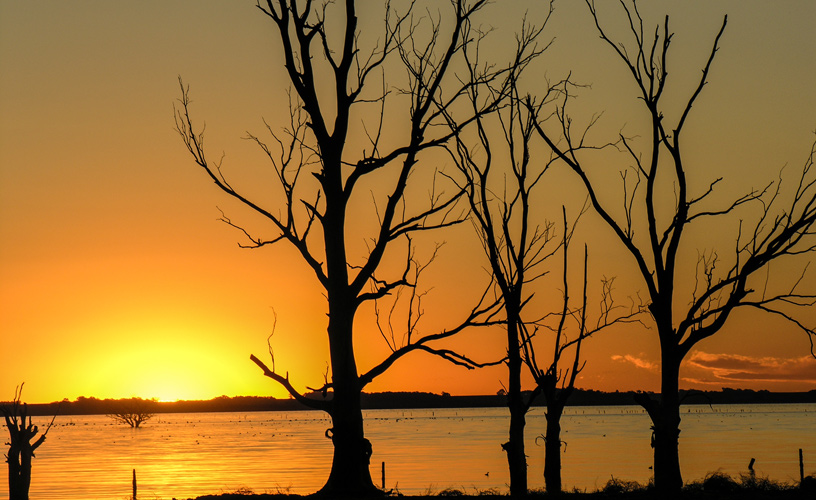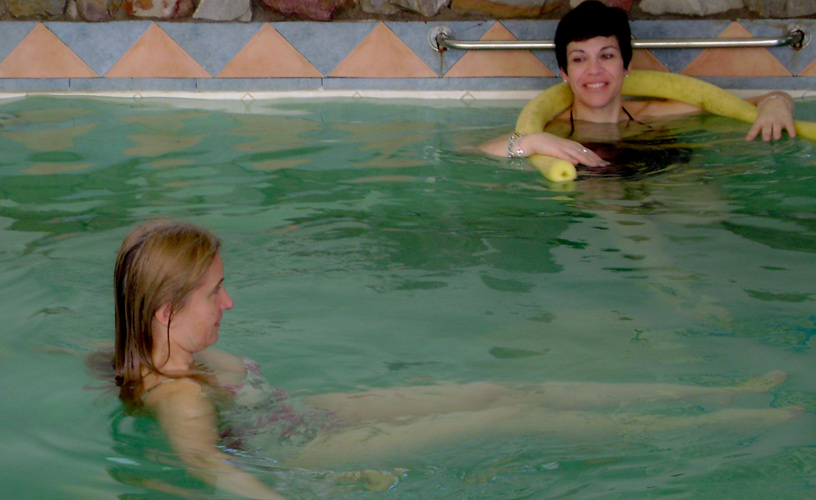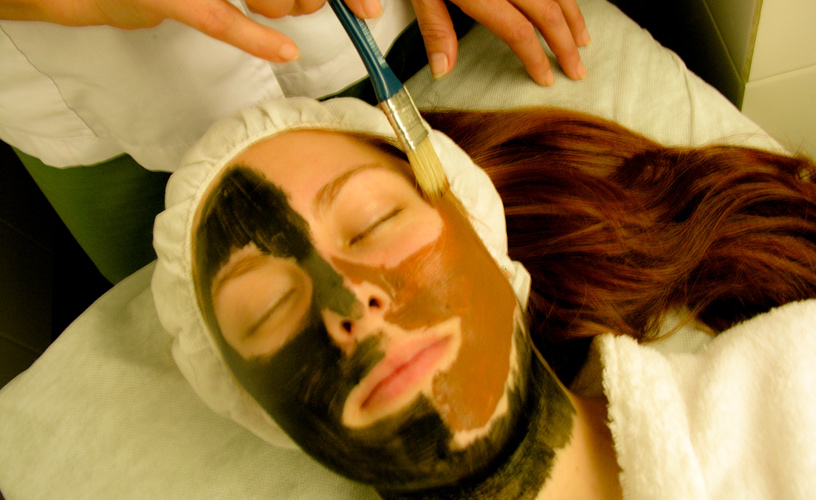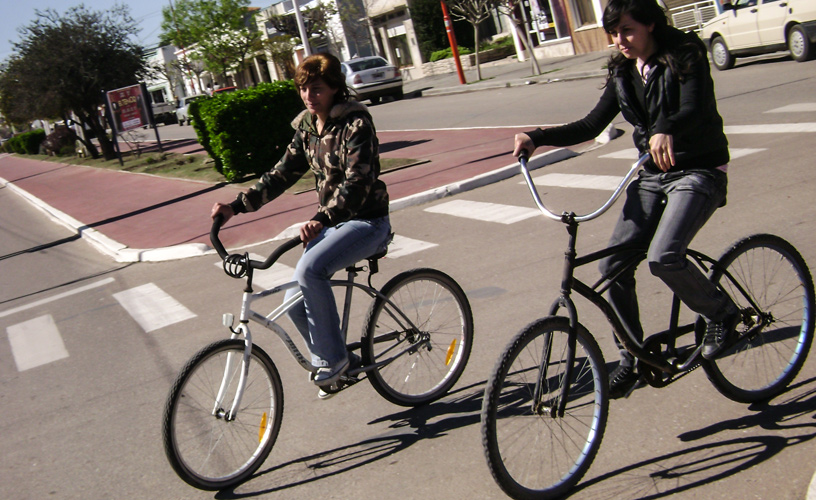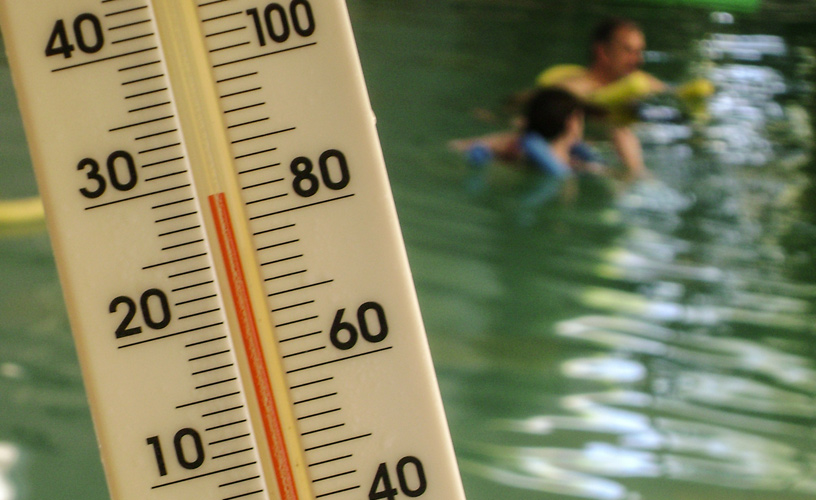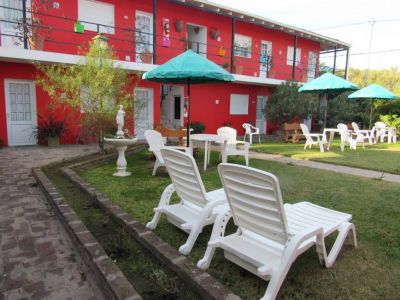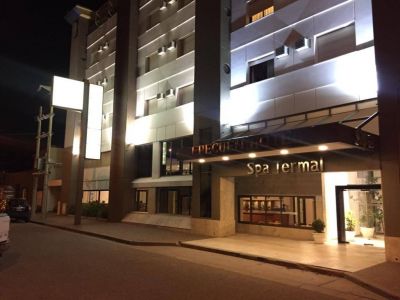Named Carhué (“green place”) by its primitive dwellers, this spot on the shores of Lake Epecuén used to be a natural corral of excellent grass, creeks and lagoons.
It is said that the lake waters were used by the primitive peoples to heal the wounds made by the white men during the Conquest of the Desert.
It was one of the most advanced areas in the occupation of the aboriginal territory. In 1876, the zone was occupied by over 1,000 soldiers and 30 forts were settled there. Thus, the town called Adolfo Alsina was founded, though later on, it recovered the name given by its primitive dwellers: Carhué.
Carhué, Land of Indian Chiefs and Miraculous Waters
Former Times
Our tour around town begins at Nicolás Levalle Square, so-called after the military man who founded the city during the Conquest of the Desert.
It is surrounded by Mitre, Moreno, Pellegrini and San Martín Streets. It was part of the original layout prepared in 1876 and it contains a eucalyptus from the foundation period.
Near the square, we visited several historical sites such as the town hall, built in “Salamone” style, or General José de San Martín School, dating back from 1884.
A few blocks away, we visited a humble house owned by the last “fortinera” in town. The “fortineras” used to be the cooks, folk healers, midwives, laundry ladies and the moral support for soldiers during the Conquest of the Desert.
Besides being alive in the local streets and the inhabitants of this town, the history of Carhué may also be found at Adolfo Alsina Regional Museum, which houses material about the aboriginal cultures and the Conquest of the Desert, and at Villa Lago Epecuén Museum, where visitors may find testimony and photographs of the neighboring tourist village and the tragic flood that hit the area.
On the Miraculous Waters
Whether due to its spacious bathing resorts with salt water or to the wide range of options to enjoy hot spring tourism, Lake Epecuén is the center of tourist activities in Carhué.
The two most important bathing resorts are La Isla -a beach that gets deep into the lake and usually chosen by the youths- and El Cristo, where we saw flamingoes, swans, ducks and a line of eucalyptus covered by the water that watch over a sculpture of Christ.
The therapeutic properties of the waters of Lake Epecuén are the result of their high content of salt. Floating is easy and we saw people on their back adrift with the lullaby of the waves and even a man reading the newspaper as if he was sitting on an armchair.
As the area recovered the condition of hot spring center it used to have in the 1930s, most hotels offer hot spring baths, Jacuzzi, massage sessions, mud therapy, Scottish showers and sauna. Besides, these hotels have heated swimming-pools with hydromassage containing the therapeutic waters of the lake.
Pablo Etchevers
Pablo Etchevers
